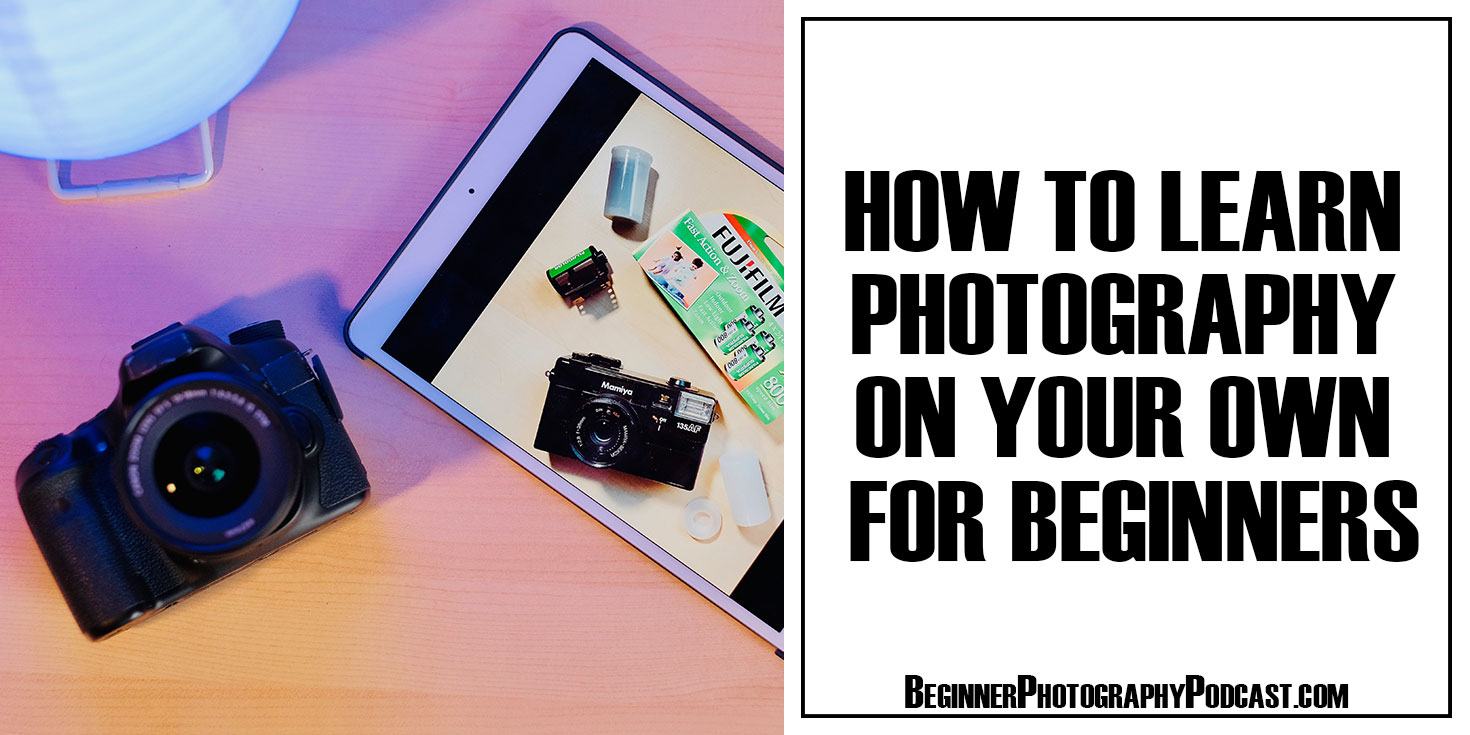Guest Post by Thomas B. Wilson
These days it’s getting easier by the month for people to take high quality photographs. While most aren’t schooled in how to do so, it’s become relatively easy to focus in on a certain subject or type of photo and learn to frame and edit images in a way that ends up looking almost professional. This is what a lot of amateur photographers today are doing with their smartphones - to the point that another photography blog felt the need to write a blog specifying that not everyone is a photographer
If you’re looking at photography more seriously however, either as a meaningful personal outlet for creativity or as a potential professional opportunity, it’s important to challenge yourself a little bit more. That is to say, rather than focusing on the same apps and tricks that enable so much high-end amateur photography these days, consider trying a few new things that can take you out of your comfort zone
One of the best ways to do this is to focus on new and challenging subjects, rather than focusing exclusively on technique. By the old adage that practice makes perfect, sometimes attempting to capture excellent photos of difficult subject leads to better technique, at least indirectly. And we have a few ideas for challenging subjects to try out.
1 - Cities After Dark
Cities after dark are some of the most beautiful sights mankind has ever created. However, they can also make for incredibly difficult photography. The glare of the lights is one thing, but making sure you capture what those lights are actually showing is another entirely. Of course there are different ways to photograph cities after dark, from getting up-close images of certain spots or everyday life to zooming all the way out and trying to capture the entirety of an urban area. If this is an idea you like and want to get particularly serious about we’d recommend starting with some of the world’s best skylines and moving in gradually. As hinted at above, the best way to get a feel for this is to practice and figure out how best to handle the duel between natural darkness and man-made light.
2 - Birds & Migrations
Flocks of birds in action can make for wondrous photographs when handled well, as can other animal migrations (though birds are the ones we tend to see the most of). However, these kinds of shots are only available in fleeting moments, and nature is unpredictable, to some degree. That lends an almost improvisational quality to this particular type of nature photography. And that’s to say nothing of the difficulty of taking pictures of animals in motion. This isn’t always much of a problem if you endeavor to capture a whole flock, but if you zoom in at all - say, to get a close-up of two or three birds in the midst of a migration - you have a serious challenge ahead of you.
3 - Professional Football
Any sport will do really, but professional football provides some unique difficulties. The fan bases are massive and tend to be very color-coordinated, for instance, and the players are constantly in motion and spread out over a very large area. Altogether it’s a tough scene to capture in its totality, and freezing the atmosphere in place is another matter entirely. We’d recommend the English Premier League as a subject, simply because of its huge crowds and stadiums and passionate atmosphere. Look up the top clubs and try to see a high-quality match. This year, Manchester City, Liverpool and Arsenal are expected to fare well, but things can fluctuate quite a bit, so part of the process with this challenge is keeping tabs on the most relevant teams, which are sure to bring in the biggest crowds
4 - Concerts
Concerts are notoriously difficult for photographers. If you’ve ever had a friend post concert photos or videos, you probably understand why. These shots tend to look like jumbled nonsense, with poorly juxtaposed lighting and a lack of clarity. At best, a band can sometimes look like a silhouette against the right backdrop. Here, however, we’d recommend almost the opposite of the professional football idea. Instead of seeking out the biggest shows with the biggest crowds, try some dingy, dark venues, where the issues with concert picture-taking are emphasized. The biggest challenge in this case can lead to the quickest learning curve, and before you know it you may understand better how to play the angles and lighting to get legitimately good photos of a band in action.










